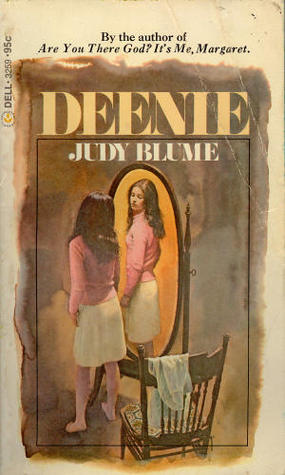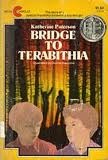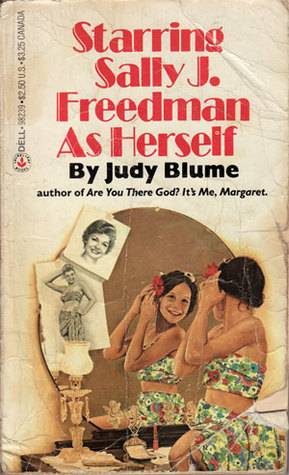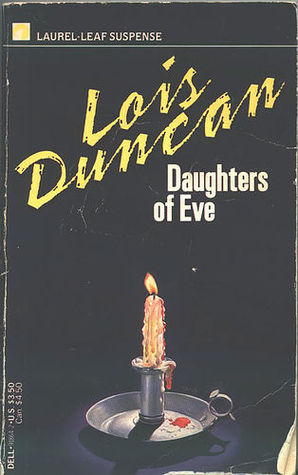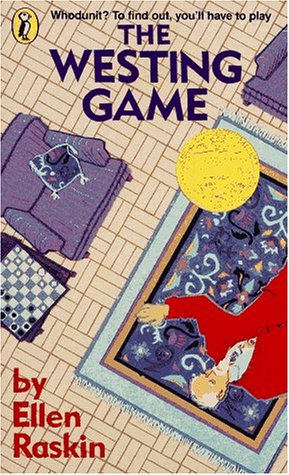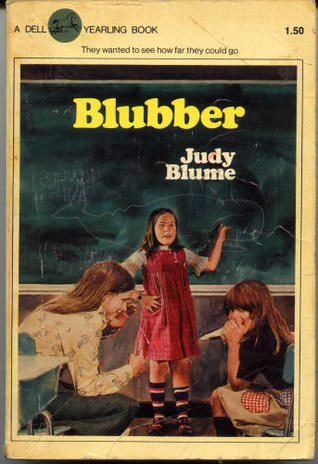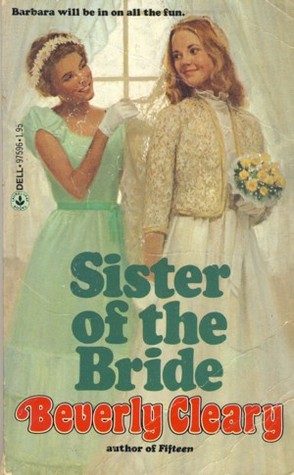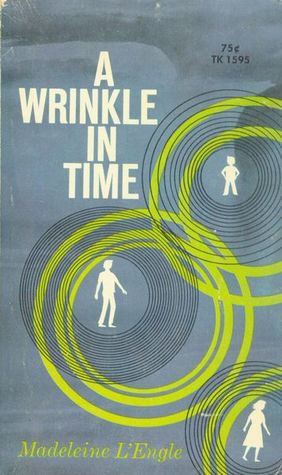“Island of the Blue Dolphins” by Scott O’Dell
Saturday, July 14th, 2012
This summer, I decided to revisit the books of my youth, guided by the selections in Lizzie Skurnick’s Shelf Discovery: The Teen Classics We Never Stopped Reading. (Currently only $6 at Amazon!)
For Chapter 6, “Girls Gone Wild: Runaways, Left Behinds, and Ladies Living off the Fat of the Land,” which we’ll discuss here on Monday July 16, I read Scott O’Dell’s Newbery Award-winning Island of the Blue Dolphins.
Here’s what I remembered going in, besides “girl left behind” trope: a highly polished necklace with painstakingly drilled holes for stringing. Again and again on this re-reading odyssey, I’ve been surprised by what I remembered and just how much I’d forgotten. Why the necklace, and not the skirt made of cormorant feathers, or the taming of animals?
This is a spare narrative, and the main character, whose “secret” name is Karana, is not overtly romanticized or idealized. Instead, she overcomes difficulty and sorrow in practical ways, by working hard. Any of the many things she describes in the book–gathering abalone, making weapons, storing food for winter–would have most of us modern folks on our asses from the physical work within days, if not hours. And what must have been the monotony! I can only imagine the reaction of my children, who complain of boredom so much this summer that I’ve made it a word for the swear jar.
And yet, this glimpse into the past and a different life is exactly what makes the book so involving. I certainly had a starry moment or two of imagining living off the land, having an island to myself, though the thought of an island without books fills me with horror. But the work? The loneliness! The costs to Karana’s existence are presented matter-of-factly. There are interesting sub-themes about caring for animals, vegetarianism, and ecology. Ultimately, though, Karana’s ending and the reader’s ending of putting down the book bring are similar–they bring more relief than not in the return to other people and the comforts of civilization.

